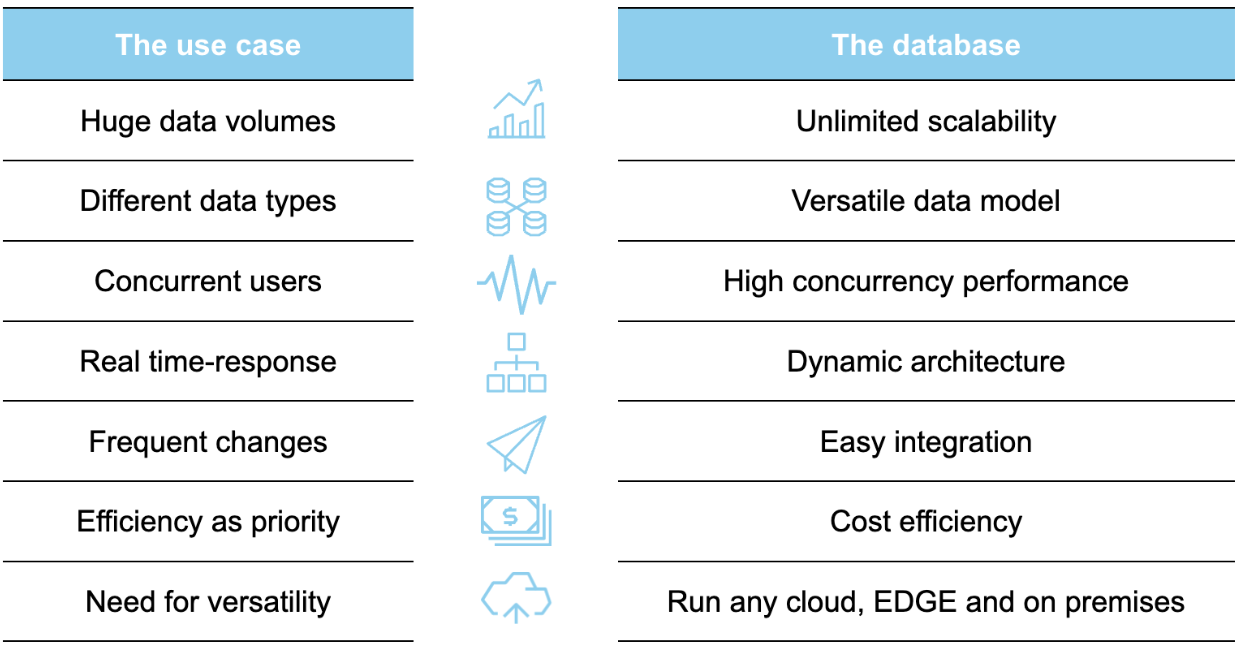Quick Introduction to Time-Series Data
Time-series data, also known as time-stamped data, can be defined as a sequence of data points collected and recorded chronologically. It encapsulates information gathered over specific time intervals, like seconds, minutes, hours, days, or even years. This data format enables us to analyze and understand how variables change over time. Some examples:
- Temperature
- Stock prices
- Population growth
- Monthly subscriptions
- Quarterly sales
- Interest rates
Time-series data can be a powerful instrument to track changes over time, allowing us to dive into the past and predict future trends. By meticulously examining patterns and trends within a dataset, it's possible to gain valuable insights, make informed decisions, and formulate strategies, offering endless possibilities across diverse industries.
Key Characteristics of Time-Series Data
With time-series analysis, we can better understand the world around us and track our advancements over time. What distinguishes time series data from other data types is its ability to illustrate the dynamic nature of variables over time. In essence, time is vital, showcasing the adjustments made throughout the data points and ultimately leading to the final outcomes. It is an invaluable source of additional insights, enriching the analysis of time-series data.
For time-series data analysis, some data characteristics need to be considered:
- High data ingestion, mostly append-only
- Query-intensive, often real-time
- Fast-growing, high scalability needed
- Data aging, separation of hot and cold data
Time-Series Data Storage and Analysis
Proper time-series data storage is essential for accurate analysis and future predictions. Failing to store the data correctly can lead to data loss, impacting the accuracy of any analysis conducted. Effective storage enables easy retrieval and sharing of information, which is vital in today's fast-paced business world.
That’s why choosing the right time-series database becomes essential for businesses to gain valuable insights through time series data. With its architectural design for storing and retrieving data, CrateDB is capable of effortlessly handling time series data workloads of any magnitude, making it an incredibly scalable solution.
Let’s look at this example:

Benefits of Time-Series Data
Time is one of the most essential units of measurement, so it is no surprise that time-series data is vital to almost all types of companies. For businesses across industries, having access to detailed time-series data has become one of the most valuable commodities of our time.
Businesses across various industries and of all sizes harness the power of time series data and real-time analytics to monitor, analyze, and make well-informed decisions based on the trends and patterns within their data.
This practice enhances operational efficiency, minimizes risks, optimizes processes, and ultimately boosts profitability. By exploring time series analysis, organizations gain profit. To make the most of this valuable data, it is crucial to have the right infrastructure in place.
This is where a purpose-built time series database can give your business a competitive edge. CrateDB is a time-series database designed for scalability and high-speed retrieval. It offers unparalleled speed, reliability, and processing power to handle vast amounts of time-stamped data in real time and insights into the root causes behind trends and systemic patterns that emerge over time.


